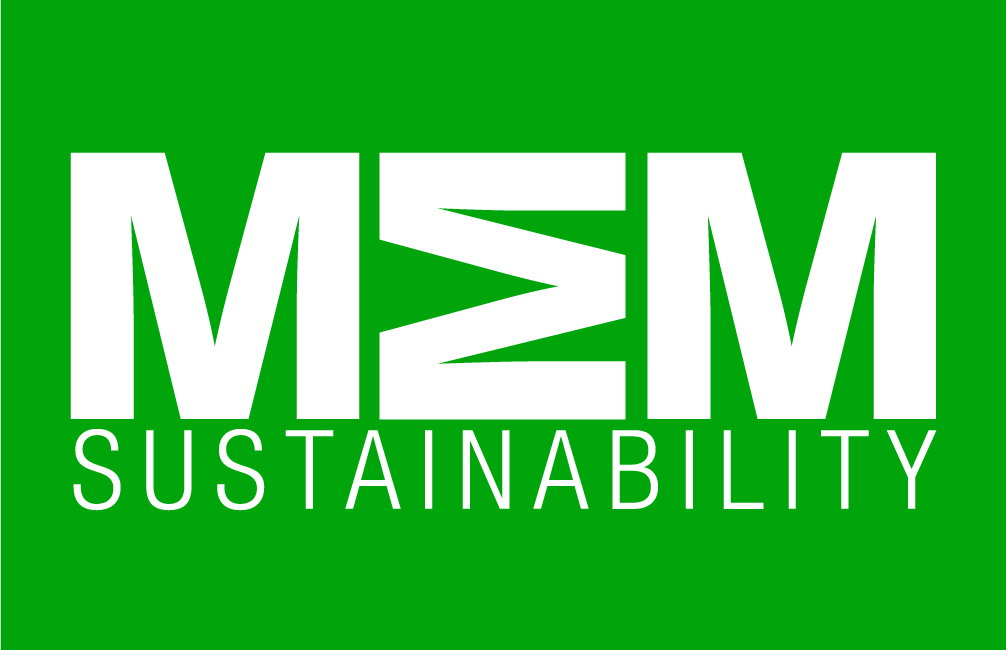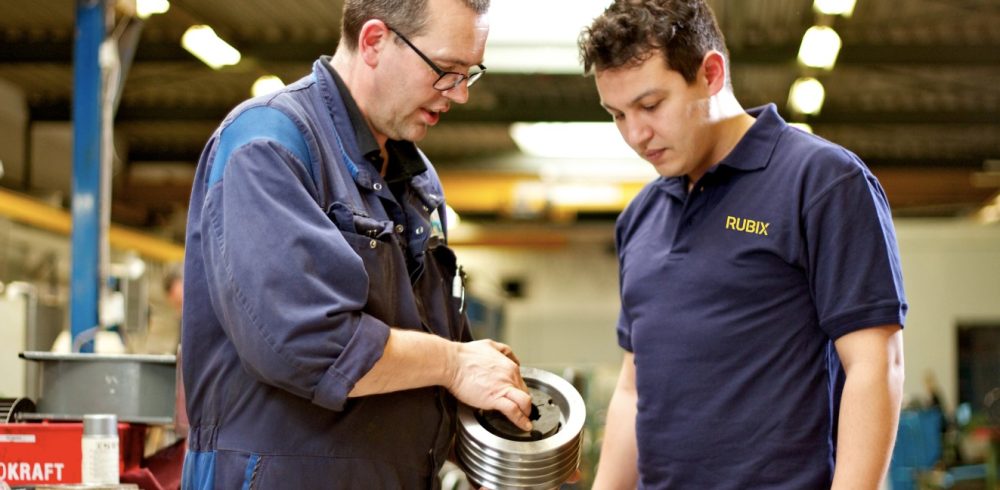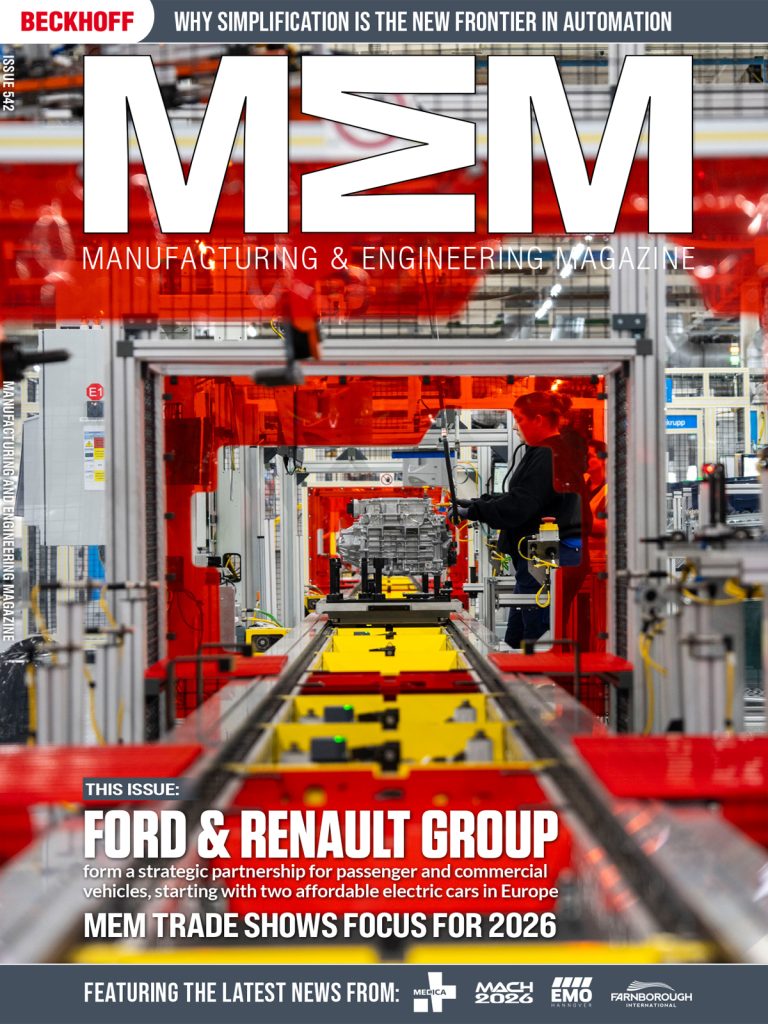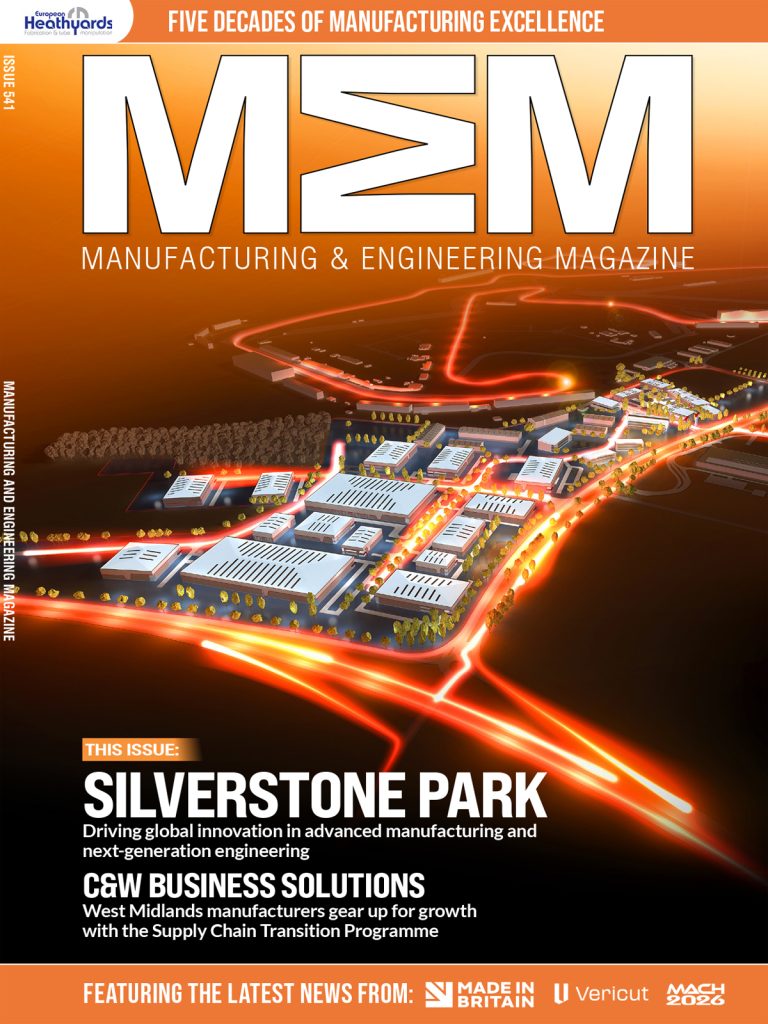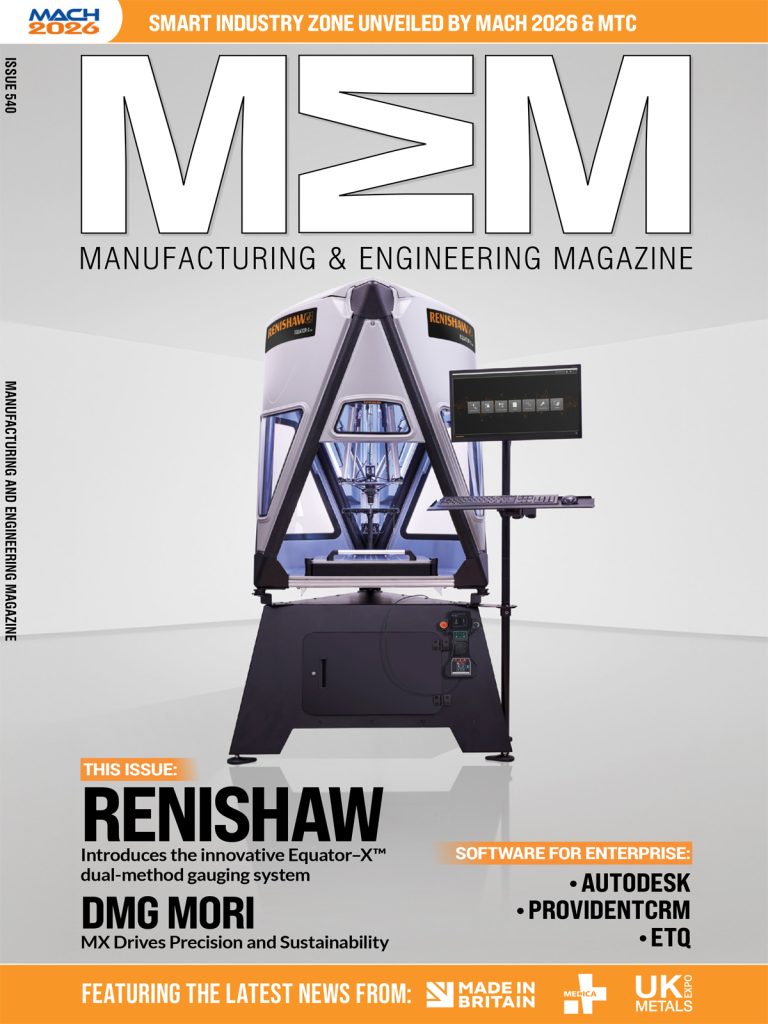Richard Wingate, UK Managing Director, Engineering Services at Rubix explains why inefficient motor-driven systems are probably costing your business money – and what to do about it.
The manufacturing industries were early adopters of energy management systems for obvious reasons – they use a large amount of electricity throughout the production process.
After years of driving efficiencies, most manufacturers have already plucked the low-hanging fruit and are moving on to incremental gains. Conversations across the sector have shifted from looking at ‘big ticket’ savings to, “How can we shave off a fraction of a percent here and a bit more there?”.
So, if someone told you that there was still a way to reduce your total energy consumption by more than 20%, you would perhaps be sceptical. But it is certainly possible – and like all great ideas, this one has simplicity at its heart.
The big picture
In manufacturing, the major energy users are motor-driven systems – including compressors, pumps and fans – which typically account for more than 70% of a facility’s electricity consumption. However, Rubix’s research has found that most motor-driven systems are operating inefficiently, meaning they are wasting a huge amount of energy.
Any good engineer knows that energy losses occur at many points in a motor-driven system. What this means is, that while the energy efficiency of an individual motor might be high, the efficiency of the system as a whole can still be low. Therefore, if you want to maximise the system’s efficiency, you must optimise both the individual components within it and how they function collectively.
Experts estimate that energy savings of between 20-30% can be achieved by optimising the whole motor-driven system. So, it stands to reason that if these systems account for 70% of your energy usage, then a 30% saving represents 21% off the total. Can you think of another solution that could make such a positive impact on your overheads and your C02 emissions?
Rubix has identified four areas of focus which will yield immediate benefits to energy efficiency:
- Motors
It will come as no surprise that, within motor-driven systems, motors account for a significant proportion of energy consumption at any manufacturing site. You can significantly improve efficiency by right sizing your motors with the correct motor for the application and by using energy-efficient motors from brands such as Mecaline. If you can’t replace a motor with a more modern unit, then think about correctly regulating motor speed instead using a variable speed drive.
- Variable speed drives
Variable speed drives control the speed of motors and other machinery. They can often be retrofitted to your existing equipment, helping to deliver a strong return on investment. Fundamentally, they make sure motors only use as much energy as is required for the task they are undertaking. Therefore, installing variable speed drives enables you to optimise the amount of energy the motors consume, delivering better system efficiency.
- Mechanical equipment
Gearboxes are designed to improve efficiency and they can play a key part in reducing energy usage. The more efficient the gearing, the less power is lost. You can enhance energy efficiency by right sizing the gearing for the application and replacing worn or old inefficient gearboxes. In addition, using modern industrial gear lubricants with proven energy efficiency qualities will improve the drive.
- Driven applications
Between 20% and 40% of energy used by compressors is lost through air leaks. This means that you can make significant efficiency gains by identifying and fixing air leaks and replacing parts if necessary. Also, regularly check all your V-belt drives as they can have higher energy consumption if they are working with worn pulleys. You can easily check pulley wear to decide if you should replace those drives.
In addition, using intelligent pumps with variable speed control can deliver significant cost and energy savings.
Additional measures
Motors and other machinery deployed in industrial processes are typically designed for a long working life. This means that investing in improving their efficiency will deliver a strong return over their lifespan. Compared with other energy efficiency investments, motor systems typically represent the most attractive opportunity to realise cost savings and long-term efficiency improvements.
Bringing in a sector expert like Rubix can further optimise your savings, in five main ways:
- Asset tracking
Rubix offers asset tracking surveys to provide an overview of your critical assets, identifying how you can optimise them to reduce energy usage. The survey includes examining each of the components individually – motors, drives, gearboxes – as well as the system as a whole. Commissioning a survey is a simple and effective way to build a database of your assets and provides an accurate picture of how a plant is running.
This should be the starting point as it enables you to make informed decisions on ways to reduce energy consumption.
- ROI calculator
Our research has found that more than 70% of industrial motors across Europe have an energy efficiency rating of IE2 or lower, so there is likely to be significant scope for achieving energy savings by upgrading to more efficient alternatives, such as IE4 motors. These motors are even more energy efficient than the former IE3 versions thanks to a lower electricity consumption – a real advantage for total cost of ownership (TCO).
To help build the business case, Rubix has developed a proprietary motor efficiency calculator. This tool works out the energy consumption gains you can achieve by repairing or replacing a motor. The calculator uses data to demonstrate the payback period for motor repairs or determine when it is more cost effective to go with full replacement.
- Repair/replace programme
Partnering with an expert like Rubix means you can apply our extensive experience in motor-driven systems to your own business. Rubix provides access to a broad range of energy efficient products from well-known suppliers as well as our own exclusive brands. Outsourcing your repair and replacement programme to Rubix can therefore further reduce costs and improve outcomes.
- Air leak surveys and remedies
Air leaks are one of the largest sources of avoidable energy waste. This is because the compressors in a typical plant will account for approximately 30% of the electricity bill and as a result up to 30% of that energy is wasted due to air leaks, on average.
Rubix offers specialist air leak surveys, featuring a comprehensive audit detailing leaks, energy loss, cost and CO2e impact. Our experts will also recommend parts and actions required to fix any leaks and can even source the parts before carrying out the repairs for you.
The final step is to repeat the audit to ensure those actions have delivered the expected benefits.
- Agnostic condition monitoring
Assets in good condition are more energy efficient, meaning ongoing condition monitoring will help you find potential points of failure before they become issues, thereby preventing overall energy wastage.
Rubix offers an online condition monitoring platform to track the performance of key machines such as motors, fans, gearboxes and pumps. This notifies you when machine performance drops below its optimum level, enabling a predictive maintenance programme.
We can deploy a range of online sensors and gateways using wireless mesh technology in your facility and set you up on the live Rubix Condition Monitoring Platform.
Alternatively, if you already have a system in place, we can integrate them into our live brand-agnostic platform.
A huge opportunity
At Rubix, we believe there is a huge opportunity to make motor-driven systems twice as efficient. This will significantly reduce energy costs in manufacturing while playing a key role in supporting emissions reduction targets.
As Europe’s leading distributor of industrial products and services, Rubix is an expert at helping customers seize this opportunity in creating more energy efficient manufacturing processes.
To find out more about the potential savings you can achieve from optimising your motor-driven systems, download our whitepaper here, or to discover the range of products and services available through Rubix, visit www.rubix.com.
Manufacturing & Engineering Magazine | The Home of Manufacturing Industry News


